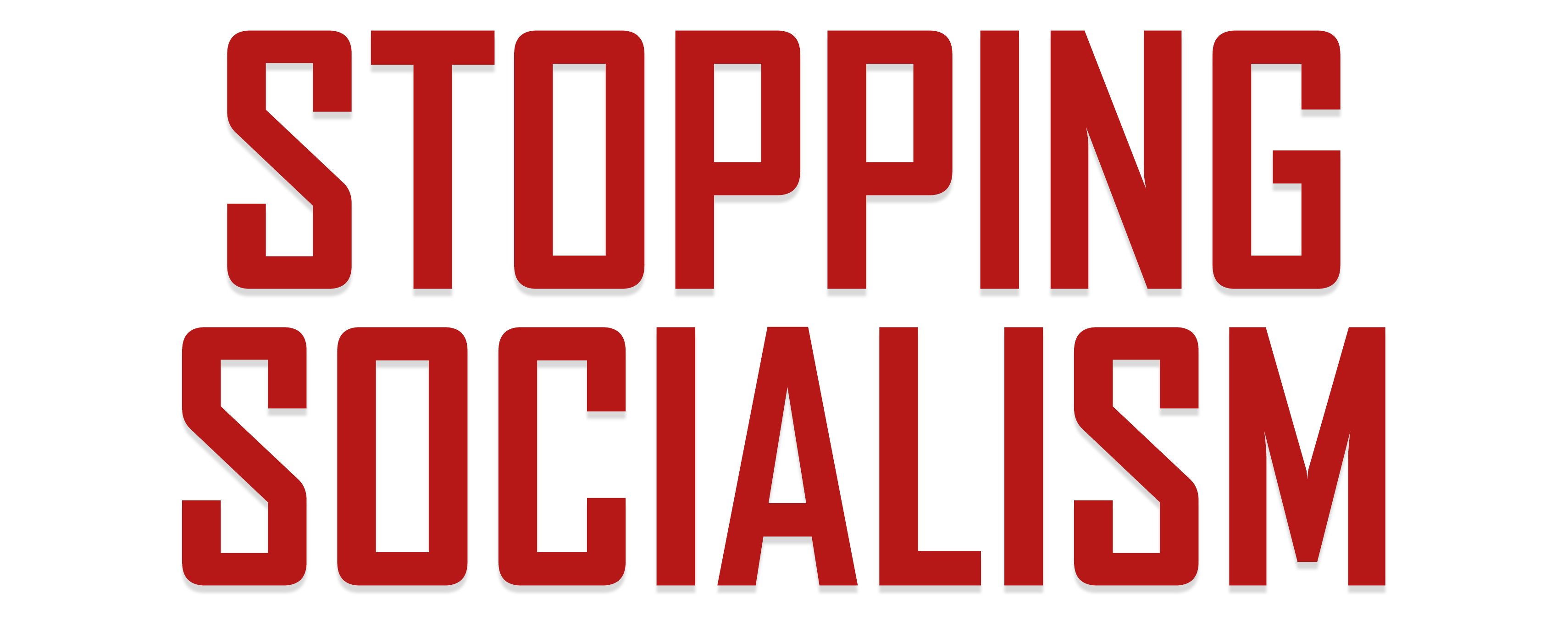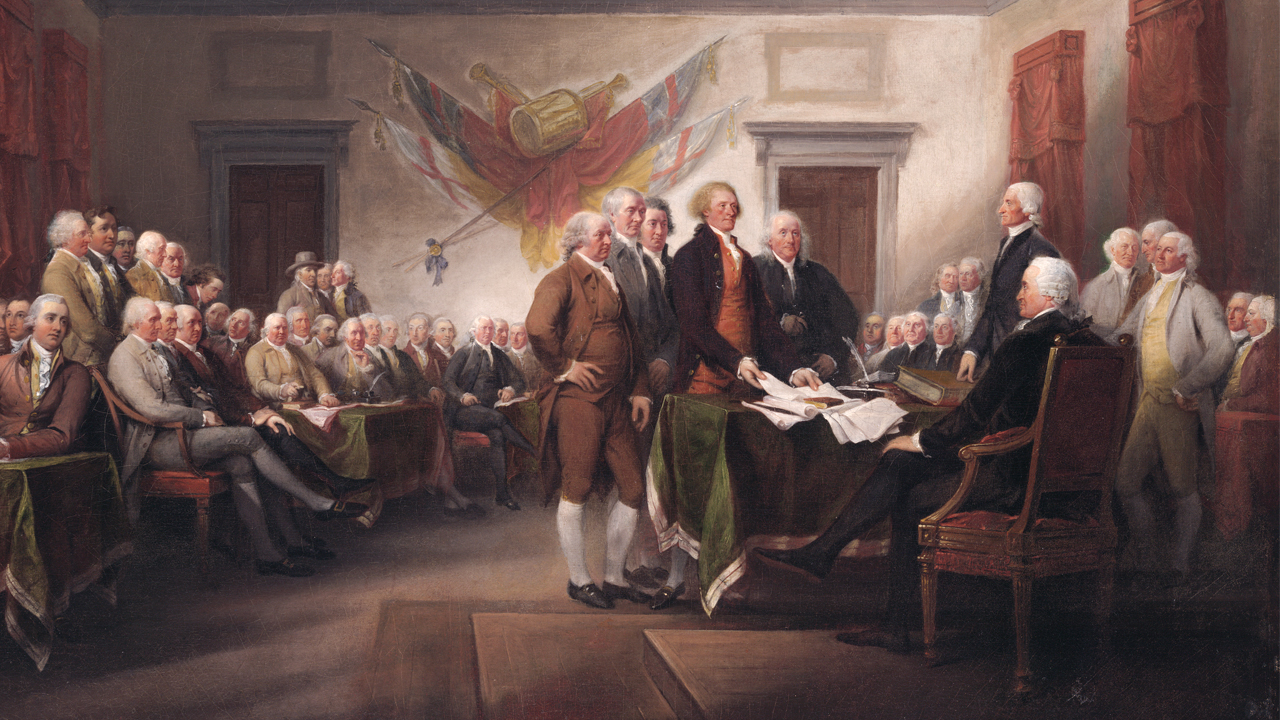After more than two centuries of (somewhat) limited government in the United States, is the tide turning against individual freedom and state sovereignty in favor of an empowered collective and unfettered federal power?
According to recent polls, a large number of Americans (especially Millennials) prefer the latter. Millions of Americans say they support Medicare for All, the “Green New Deal,” and other programs that would vastly increase the size and scope of the federal government. If you think this is hyperbole, you might want to consider how a self-avowed democratic socialist almost became the Democratic presidential nominee in 2016 and is now a frontrunner for the same position in 2020.
Although it is too early to tell if Americans will choose more liberty or more government in the decades to come, this author is optimistic those calling for more liberty will prevail. However, by no means is the gift of liberty guaranteed to future generations.
As Ronald Reagan once said, “Freedom is never more than one generation away from extinction. We didn’t pass it to our children in the bloodstream. It must be fought for, protected, and handed on for them to do the same, or one day we will spend our sunset years telling our children and our children’s children what it was once like in the United States where men were free.”
I, for one, hope Reagan’s words aren’t as prophetic as many of his other statements have been (remember the Berlin Wall?). Fortunately, I am not alone. The Founding Fathers, in their infinite wisdom, foresaw a future in which the federal government could run roughshod over the rights of the people and the states.
No wonder James Madison once said, “In framing a government which is to be administered by men over men, the great difficulty lies in this: you must first enable the government to control the governed; and the next place, oblige it to control itself.”
Madison, the father of the Constitution and author of the Bill of Rights, constructed the federal government so it would remain limited in its power for as long as possible. To accomplish this monumental task, Madison and his contemporaries established a government unlike any the world had ever witnessed.
To keep this new government at bay, the Founders created a federal republic headed by three co-equal branches, each with enumerated powers. In order to prevent any one branch from getting too big for its britches, they included numerous checks and balances. And to prevent the national government from expanding its collective power, the Founders added the Bill of Rights, which lays out clear protections for the rights of individuals and states.
However, almost as soon as the ink dried on the Constitution, the Founders’ system of checks and balances was put to the test. In 1791, the First National Bank of the United States was chartered, despite the fact that its constitutionality was dubious, at best. Unfortunately, this set a dangerous precedent in which the federal government usurped power beyond that specified in Articles I and II by a dubious interpretation of the Necessary and Proper Clause. The General Welfare Clause has also been hijacked by the federal government to vastly expand its authority.
Over time, things have only become worse. The federal government has slowly amassed huge amounts of power the Founders never intended it to have, such as control over education, health care, housing, and other public and private matters. In recent decades, the federal government has become more reckless with how it wields these unsanctioned powers. In 2018, the national government collected $3.3 trillion in taxes and spent $4.2 trillion. It is now $22 trillion in debt, employs more than two million people (not including the Postal Service), and its Code of Federal Regulations is more than 180,000 pages long.
This isn’t the end of the story, though. The Founding Fathers had a few tricks up their (puffy) sleeves that we can now use to prevent the federal government from becoming tyrannical. The Founders knew the U.S. Constitution would need to be amended over time, including when the national government would attempt to seize power it was never supposed to have. Therefore, they included two methods by which amendments could be proposed.
One method—the one used for all 27 of the amendments that have been passed thus far—begins with a two-thirds vote in both the U.S. House of Representatives and the U.S. Senate.
The second track, which has never been used to completion, is commonly called a convention of the states, or an Article V convention. This process involves two-thirds of the state legislatures calling for a convention to propose amendments to the Constitution.
On both tracks, all amendments must be ratified by three-fourths of the states.
One of the main differences between the two amendment processes is that amendments proposed by Congress are more likely to increase federal power (the 16th and 17th are stark examples), while amendments proposed by the states are much more likely to increase state sovereignty. For instance, some states have already agreed to sign onto proposals for a federal balanced budget amendment, a federal term limits amendment, and a limit on federal taxation.
The U.S. Constitution has been in place for more than 200 years, much longer than any other governing document. However, in the past two centuries, the federal government has run rampant in its quest for ever greater power—power the Constitution sought to limit.
Thomas Jefferson warned “the natural progress of things is for the government to gain ground and for liberty to yield.” Although this is basically true, the Article V amendment process offers Americans—via state legislatures—the unique opportunity to reverse this disturbing trend.
The United States is at a crossroads. On one path: liberty. On the other: tyranny. Americans must avoid the dead-end road of further federal empowerment. Instead, they should cling to the “don’t tread on me” values of the Founding Fathers that pave the path to liberty.
Chris Talgo ([email protected]) is the editorial director and a research fellow at The Heartland Institute, as well as a researcher and contributing editor at StoppingSocialism.com.






